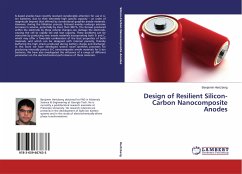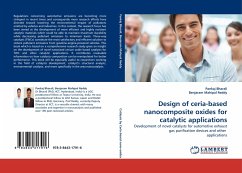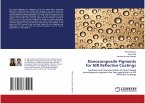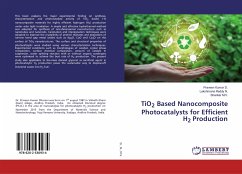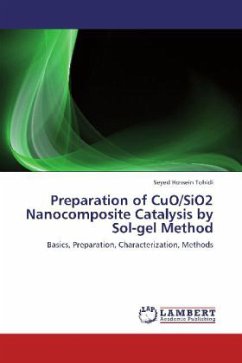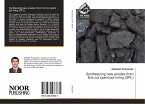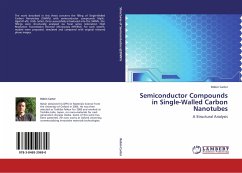Si-based anodes have recently received considerable attention for use in Li-ion batteries, due to their extremely high specific capacity - an order of magnitude beyond that offered by conventional graphite anode materials. However, during the lithiation process, Si-based anodes undergo extreme increases in volume, potentially by more than 300 %. The stresses produced within the electrode by these volume changes can damage the electrode, causing the cell to rapidly fail and lose capacity. These problems can be overcome by producing new anode materials incorporating both Si and C, which may offer a favorable combination of the best properties of both materials, and which can be designed with internal porosity, thereby buffering the high strains produced during battery charge and discharge. In this work we have developed several novel synthesis processes for producing internally porous Si-C nanocomposite anode materials for Li-ion batteries. We have also investigated the influence of a range of different parameters on the electrochemical performance of these materials.

